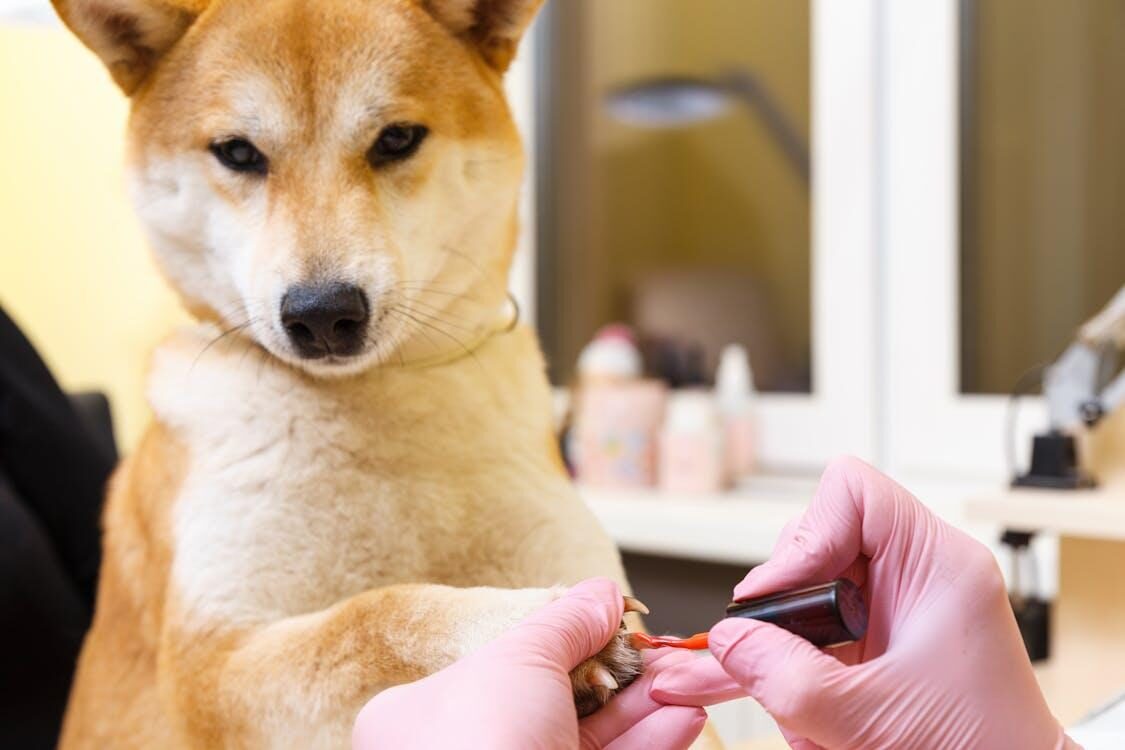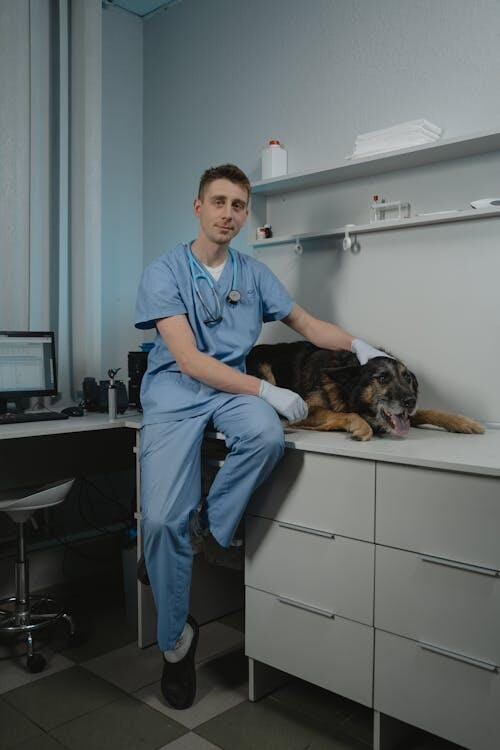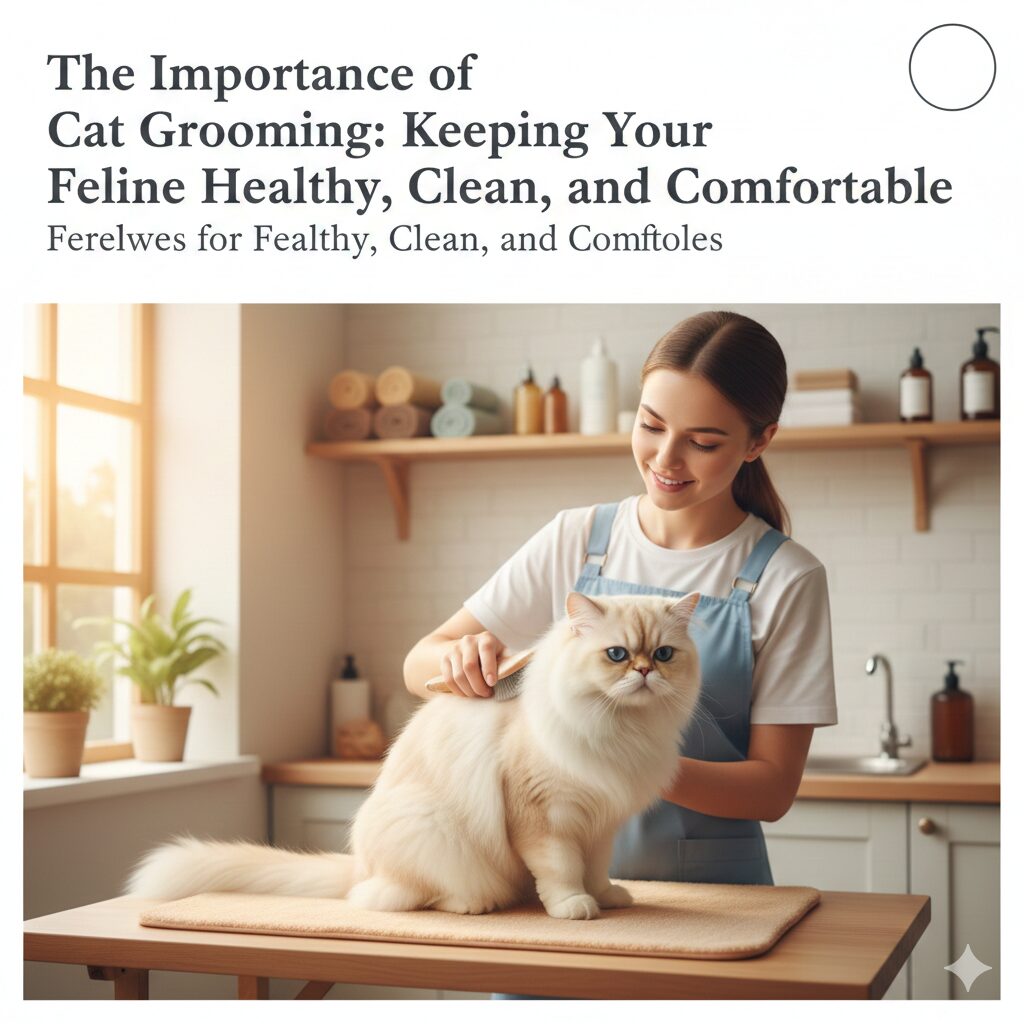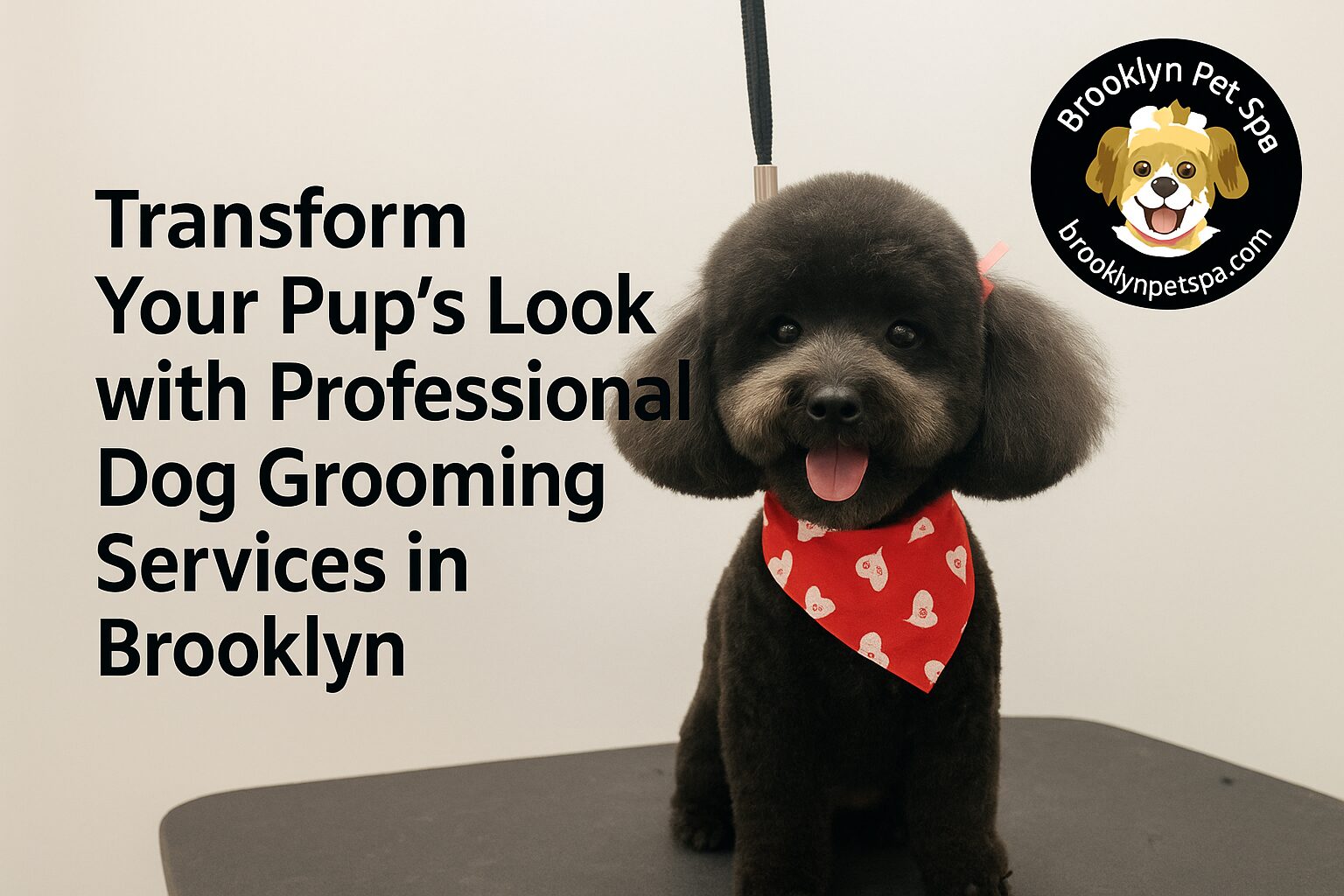Hey there, fellow dog enthusiasts! Let’s dive into a topic that’s often overlooked but super important for our furry friends—their nails and nail beds. Just like us, dogs can face a slew of nail-related issues that can affect their overall health and happiness. So, let’s get those tails wagging and uncover what every dog owner should know about nail and nail bed disorders.
Table of Contents
ToggleThe Lowdown on Dog Nail Anatomy
First things first, let’s get acquainted with the basics. A dog’s nail isn’t just a hard shell; it’s a complex structure. The outer part is the hard keratin we see, but inside lies the “quick,” a bundle of blood vessels and nerves. This quick doesn’t extend all the way to the tip, which is why regular trimming is crucial. The nail bed is where the nail meets the toe, and it’s vital for healthy nail growth. Understanding this anatomy helps us grasp how and why problems can arise.
What are the Common Culprits Behind Nail Woes
Trauma: The Ouch Factor
Dogs are adventurous souls, and sometimes that leads to nail injuries. Whether it’s a nail caught in the carpet or a misjudged jump, trauma can cause nails to split, break, or even tear off. Signs include bleeding, limping, or excessive licking of the paw. If you notice these, it’s time to consult your vet.
Infections: Bacterial and Fungal Foes
Nail infections, known as paronychia, are relatively common in dogs. They often result from trauma or underlying conditions like allergies. Bacterial infections typically affect one nail, causing redness, swelling, and discharge. Fungal infections, on the other hand, might lead to multiple nails becoming discolored, thickened, or brittle. If your dog’s nails look funky or they’re constantly licking their paws, an infection could be brewing.
Autoimmune Disorders: When the Body Turns on Itself
Sometimes, the immune system goes haywire and starts attacking its own tissues, including the nails. A prime example is Symmetrical Lupoid Onychodystrophy (SLO). This condition leads to brittle, misshapen nails that may fall off, leaving the quick exposed and causing significant discomfort. Breeds like German Shepherds and Rottweilers are more prone to this disorder.
Allergies: The Itch That Leads to Ouch
Allergies, whether environmental or food-related, can make dogs lick and chew their paws incessantly. This constant irritation can damage the nails and Nail Bed Disorders, paving the way for infections. If your dog is a paw-licking machine, it might be worth exploring potential allergens.
Spotting the Signs: When to Raise a Paw for Help
Being vigilant about your dog’s nail health can prevent minor issues from escalating. Here’s what to watch for:
- Licking or Chewing Paws: Occasional grooming is normal, but constant attention to the paws signals a problem.
- Limping or Favoring a Paw: This could indicate nail pain or injury.
- Redness or Swelling: Inflammation around the nail bed is a red flag.
- Discolored or Misshapen Nails: Healthy nails are uniform in color and shape; any changes warrant attention.
- Bleeding or Discharge: Any fluid oozing from the nail area is a sign to consult your vet.
Diagnosis: Getting to the Root of the Problem
When you notice something’s off with your dog’s nails, a vet visit is in order. Here’s how they might diagnose the Nail Bed Disorders:
- Physical Examination: A thorough look at the nails and paws to identify visible problems.
- Cytology: Taking samples to check for bacterial or fungal infections under a microscope.
- Cultures: Growing bacteria or fungi from samples to pinpoint the exact culprit.
- Biopsy: In complex cases, examining a small tissue sample to rule out serious conditions like tumors.
Treatment: Nipping Nail Problems in the Bud
Treatment varies based on the underlying cause:
- Infections: Antibiotics or antifungal medications, both topical and oral, are prescribed to tackle the invaders.
- Trauma: Pain management, possible nail removal, and bandaging to protect the area during healing.
- Autoimmune Disorders: Immunosuppressive drugs, supplements like fatty acids, and regular nail care are key to managing conditions like SLO.
Prevention: Keeping Those Paws in Top Shape
An ounce of prevention is worth a pound of cure. Here’s how to keep your dog’s nails healthy:
- Regular Nail Trims: Keep nails short to prevent injuries and overgrowth. If you’re unsure how to trim them safely, consult your vet or a professional groomer.
- Balanced Diet: Ensure your dog gets all the necessary nutrients for strong nails and overall health.
- Allergy Management: Identify and manage allergens to reduce paw licking and subsequent nail issues.
- Safe Environment: Minimize exposure to rough terrains or objects that could cause nail injuries.
When to Call the Vet: Better Safe Than Sorry
If you notice any signs of nail disorders—be it changes in color, shape, or your dog’s behavior—don’t hesitate to contact your veterinarian. Early intervention can prevent complications and ensure your dog stays happy and healthy.
Wrapping It Up: Paws for Thought
Our dogs rely on us to keep an eye (and a paw) on their health. By staying informed about nail and nail bed disorders, we can ensure they live their best, most comfortable lives. So, let’s keep those tails wagging and those nails in tip-top shape!
Pamper Your Pooch at Brooklyn Pet Spa!
Ready to give your dog the royal treatment? At Brooklyn Pet Spa, we offer professional pet grooming in Brooklyn, including dog nail trimming and pet bathing and grooming services. Our team of dog grooming experts in Brooklyn ensures your pet’s comfort and joy are at the forefront of everything we do. Treat your furry friend to the best with our luxury pet spa in Brooklyn. Book an appointment today and let us pamper your pup like royalty!










